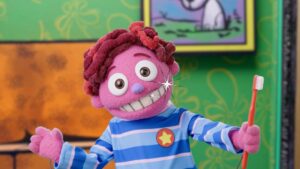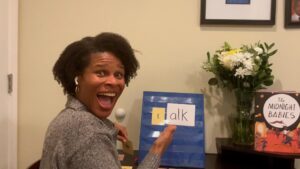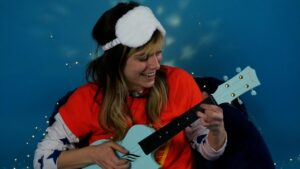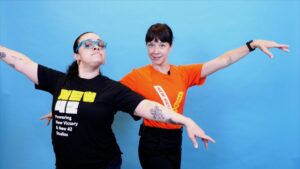Science
Let’s discover science! Educators conduct science experiments and teach lessons about animals, plants, five senses, water, weather, force and motion.

-
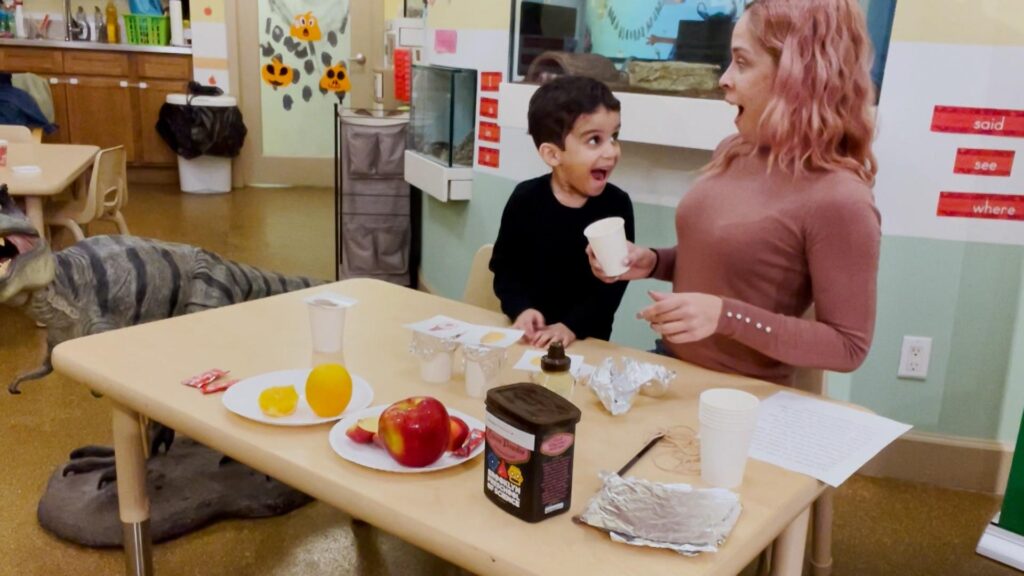
TEST YOUR SENSE OF SMELL
Test your sense of smell with Krystal Balmes from the Brooklyn Preschool of Science.
-
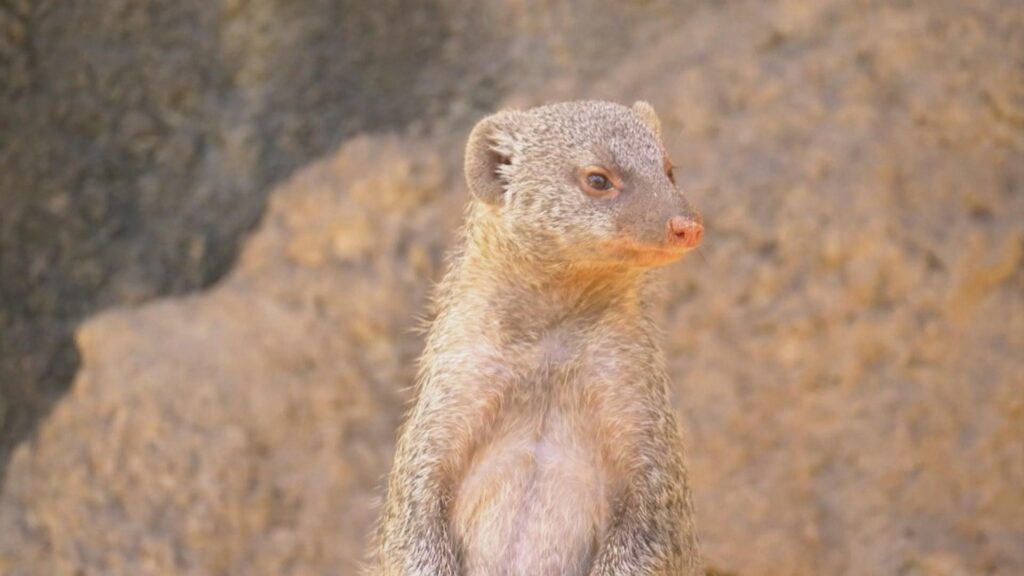
MONGOOSE
Meet mongooses at the Houston Zoo.
-
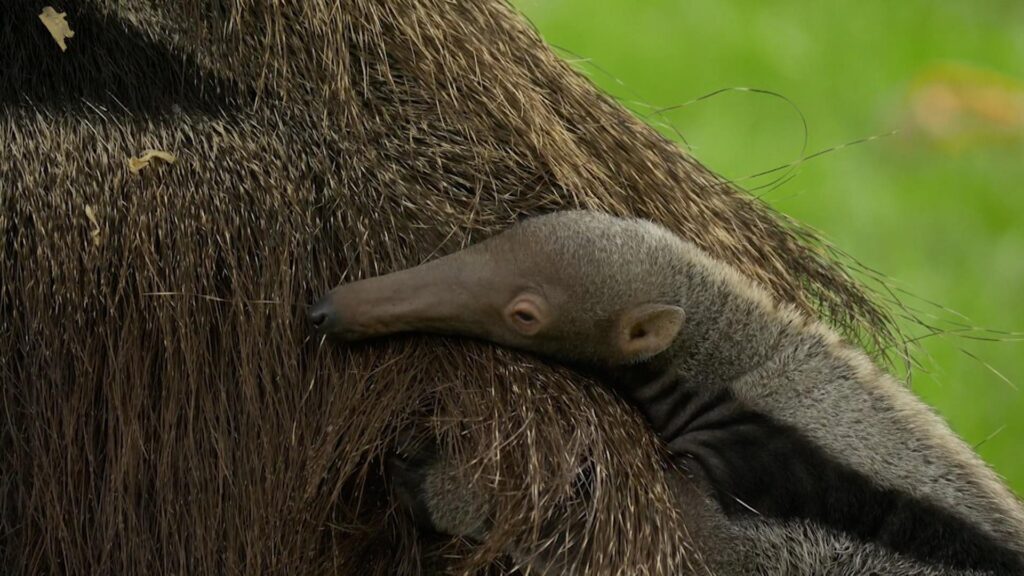
ANIMAL BABIES: ELEPHANTS AND ANTEATERS
Learn about the different parenting styles of elephants and anteaters.
-
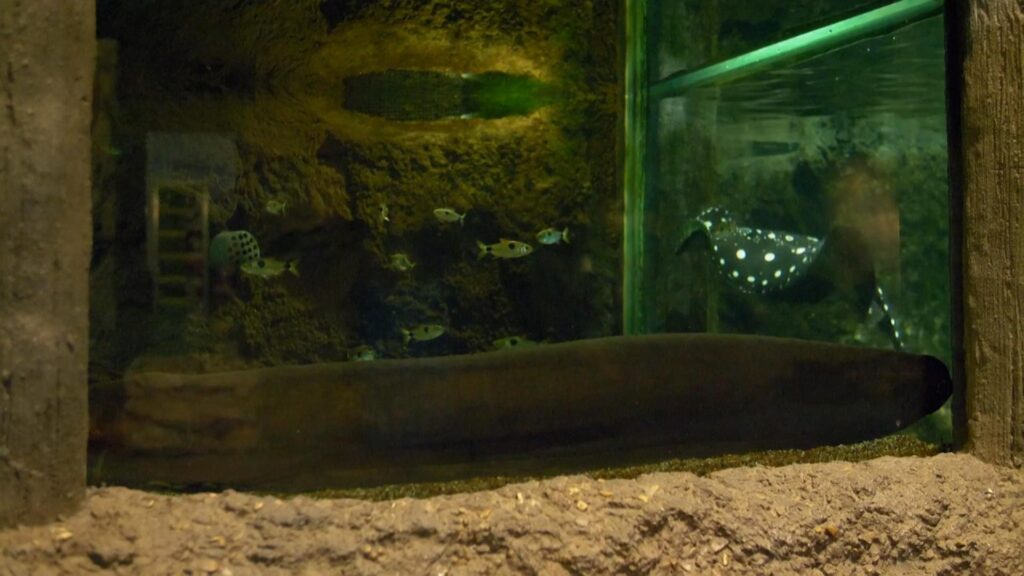
ELECTRIC EEL
Meet an electric eel at the Houston Zoo! It sends out electrical pulses to find food.
-
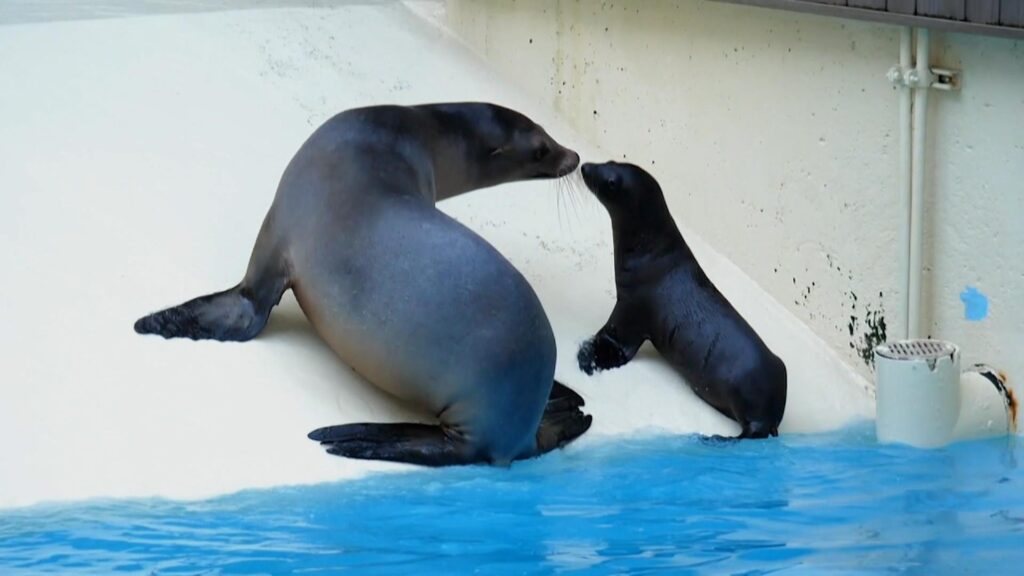
ANIMAL SUPERPOWERS: SEA LIONS AND GIBBONS
Meet sea lions and gibbons at the Houston Zoo and learn about their superpowers.
-
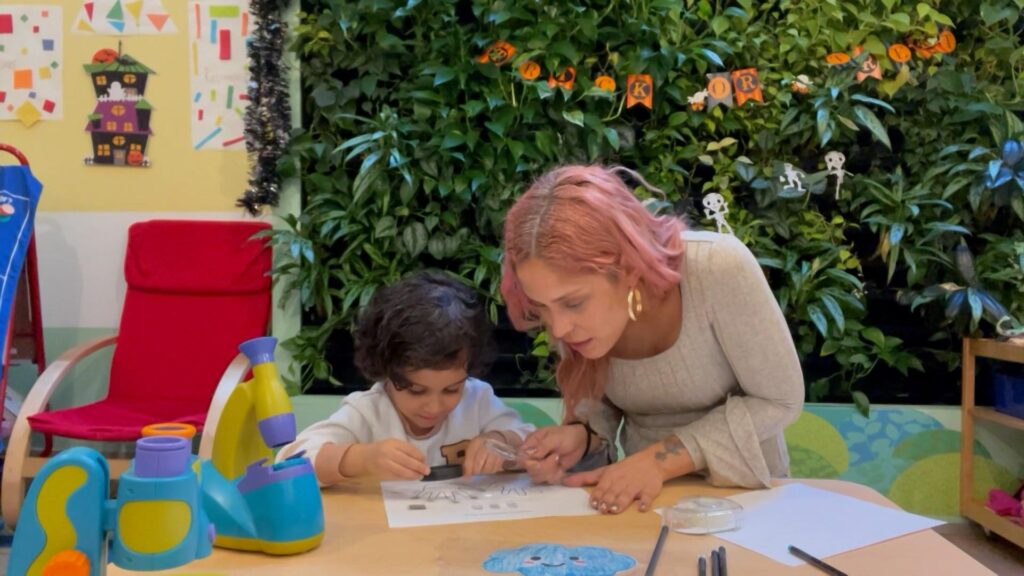
CSI KIDS
Learn how everyone has unique fingerprints with Brooklyn Preschool of Science.


